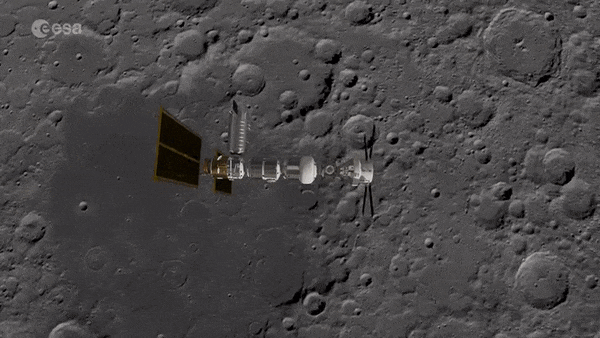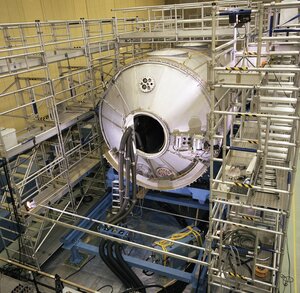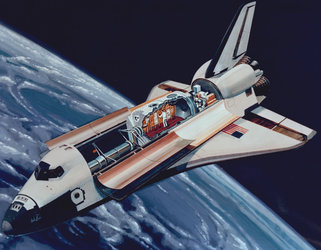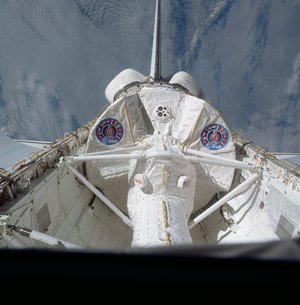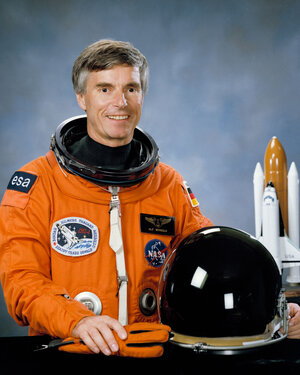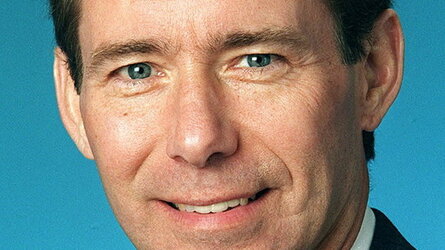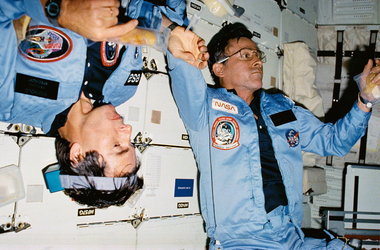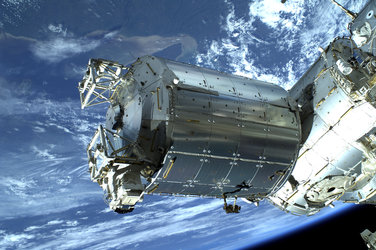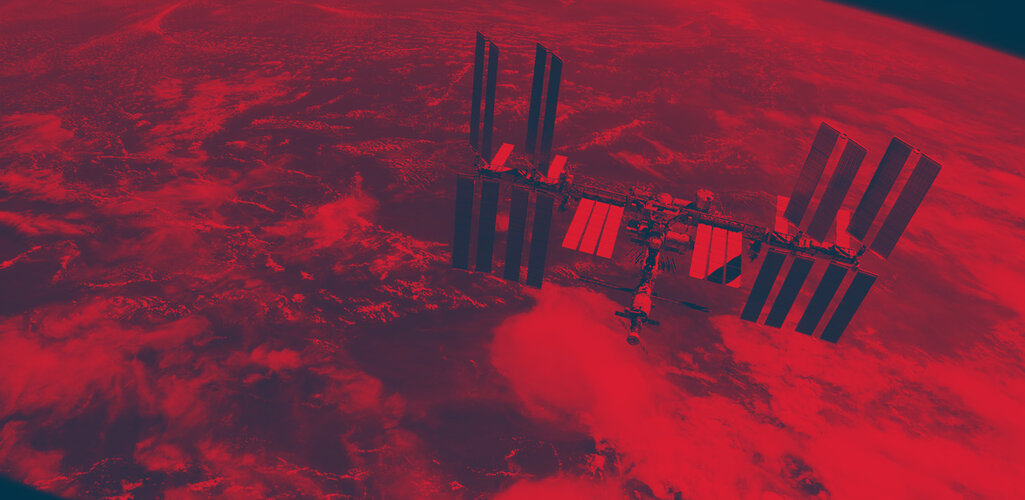Spacelab-1: Twenty years on
Twenty years ago today, the first European-built Spacelab was launched from Kennedy Space Center, Florida, on board Space Shuttle Columbia. Also on board was Ulf Merbold, who became the European Space Agency's first astronaut in space. The 10-day Spacelab-1 mission marked ESA's entry into human spaceflight activities.
On what was only the ninth Shuttle mission, Spacelab-1 was launched on 28 November 1983 at 11:00 local time (16:00 UT). Completing 166 orbits of the Earth, on a mission which lasted 10 days, 7 hours and 47 minutes, Columbia landed at Edwards Air Force base in California on 8 December 1983 at 23:47 UT.
STS-9, as the mission is also known, was a landmark flight in several ways. For the first time the Shuttle carried a crew of six, including German ESA astronaut Ulf Merbold, the first non-American astronaut to fly on board the Space Shuttle.

The mission also marked the maiden flight of Spacelab, the first purpose built space laboratory. During development of the Space Shuttle in the 1970's, NASA recognized the need for a facility to allow scientists to conduct experiments on the Shuttle while in orbit. Under a cooperation agreement with NASA, ESA was to build a modular research laboratory that would fit inside the Shuttle's cargo bay. Lead by Bremen based VFW-Fokker/ERNO (later MBB/ERNO), Spacelab was built by a consortium of European companies.
During the Spacelab-1 mission over 70 scientific experiments were conducted in a variety of fields including Astronomy, Solar Physics, Space Plasma Physics, Earth Observation, Material Science, Technology and Life Sciences. Working in two teams of three, the crew worked 12-hour shifts, allowing for 24-hour operations – it was far from a holiday cruise in orbit.
Between 1983 and 1998, Spacelab flew on the Space Shuttle a total of 22 times. Not only have Spacelab experiments made a major contribution to space science research, but also the knowledge and expertise gained by both ESA and NASA during the Spacelab missions has made a significant contribution to today's International Space Station programme.















 Germany
Germany
 Austria
Austria
 Belgium
Belgium
 Denmark
Denmark
 Spain
Spain
 Estonia
Estonia
 Finland
Finland
 France
France
 Greece
Greece
 Hungary
Hungary
 Ireland
Ireland
 Italy
Italy
 Luxembourg
Luxembourg
 Norway
Norway
 The Netherlands
The Netherlands
 Poland
Poland
 Portugal
Portugal
 Czechia
Czechia
 Romania
Romania
 United Kingdom
United Kingdom
 Slovenia
Slovenia
 Sweden
Sweden
 Switzerland
Switzerland



























